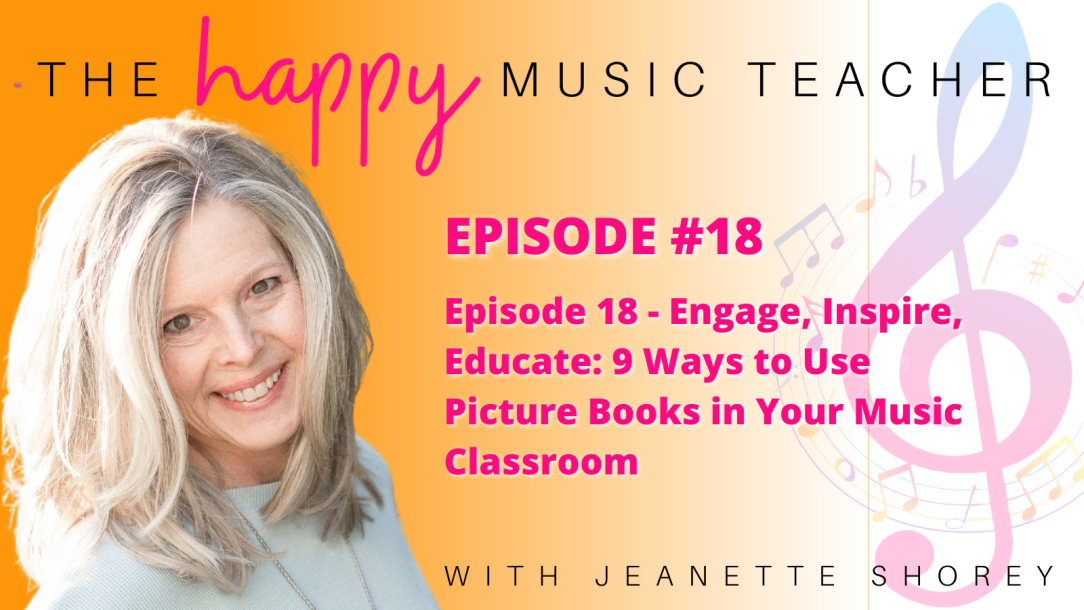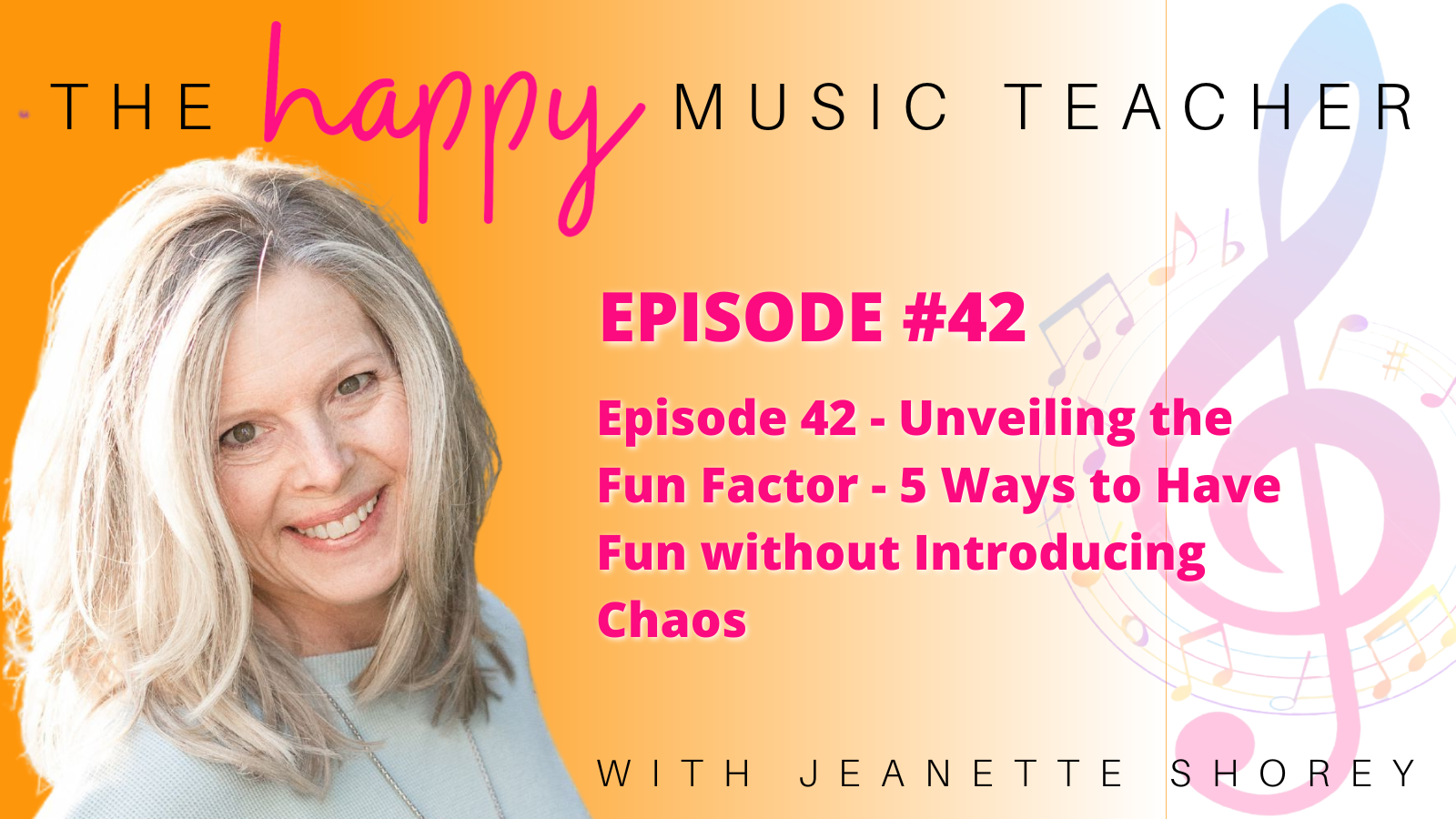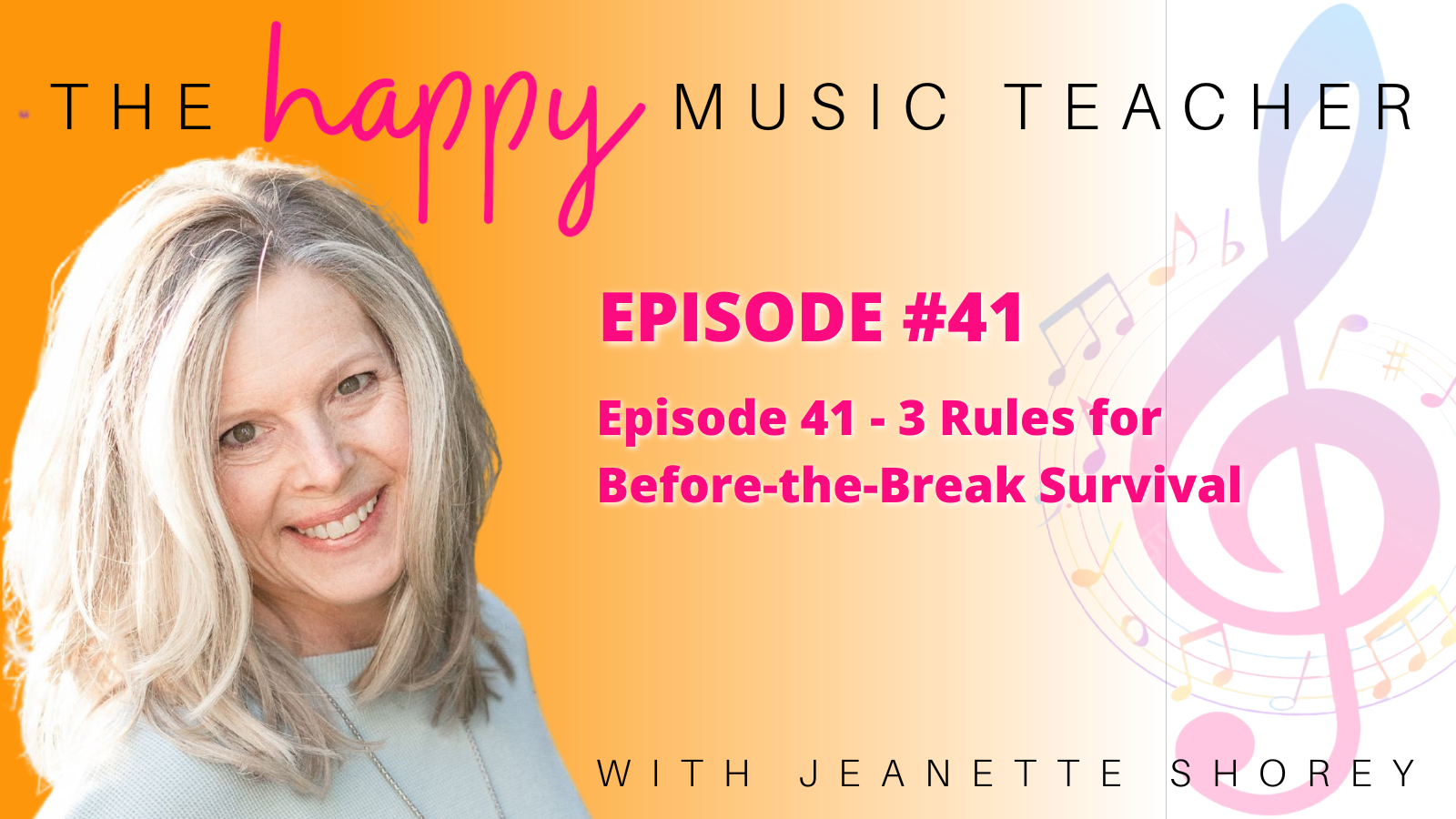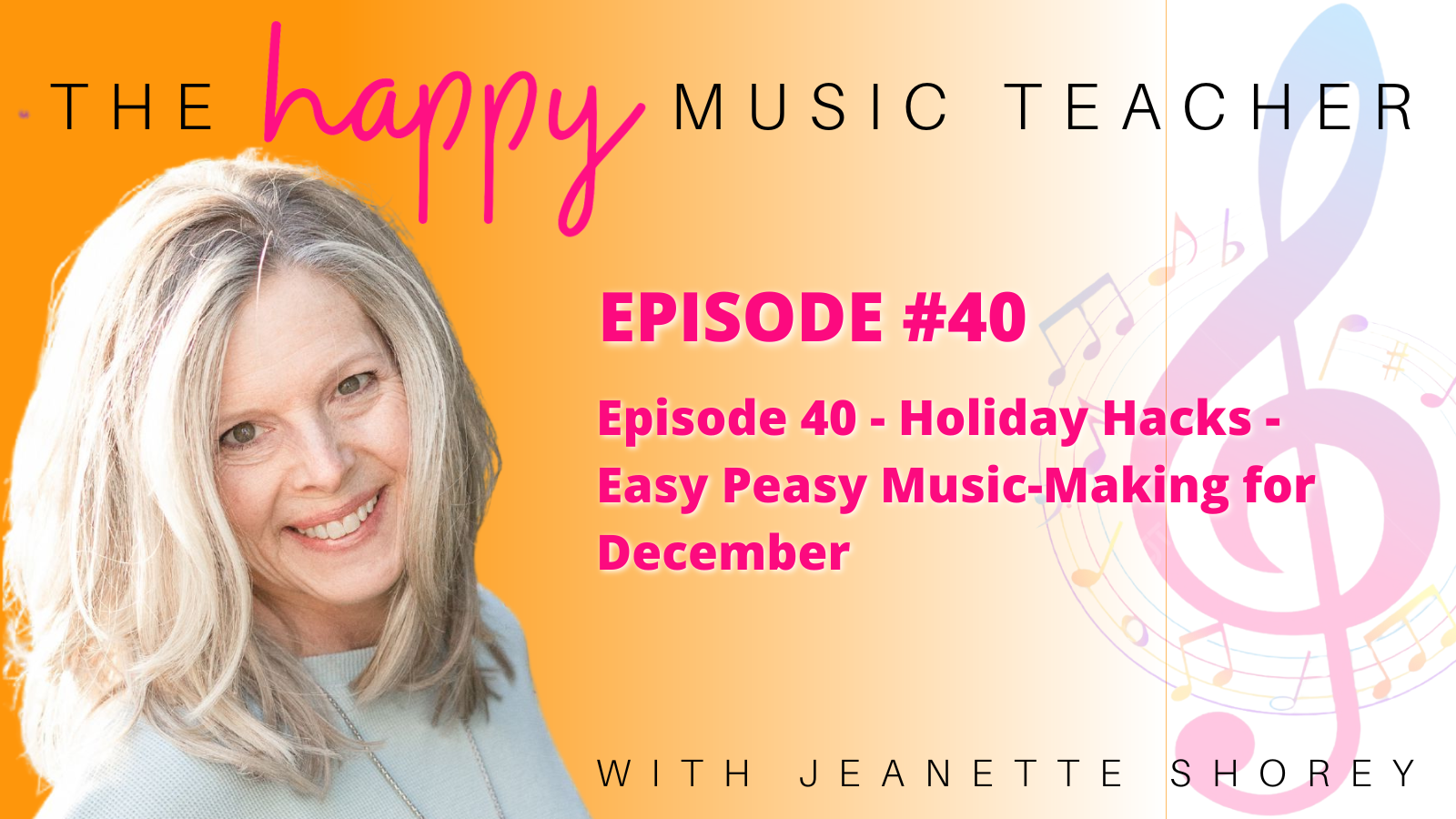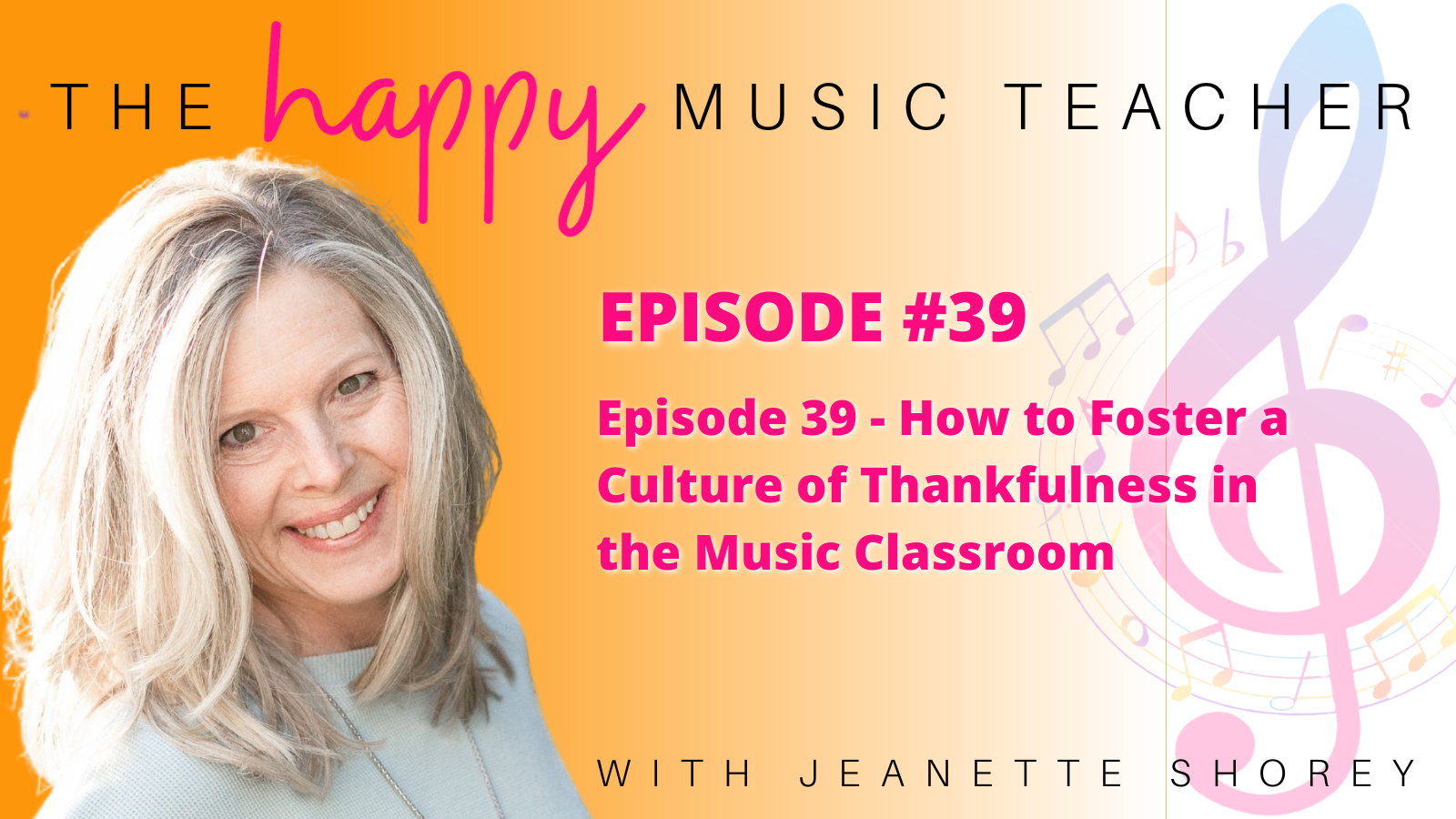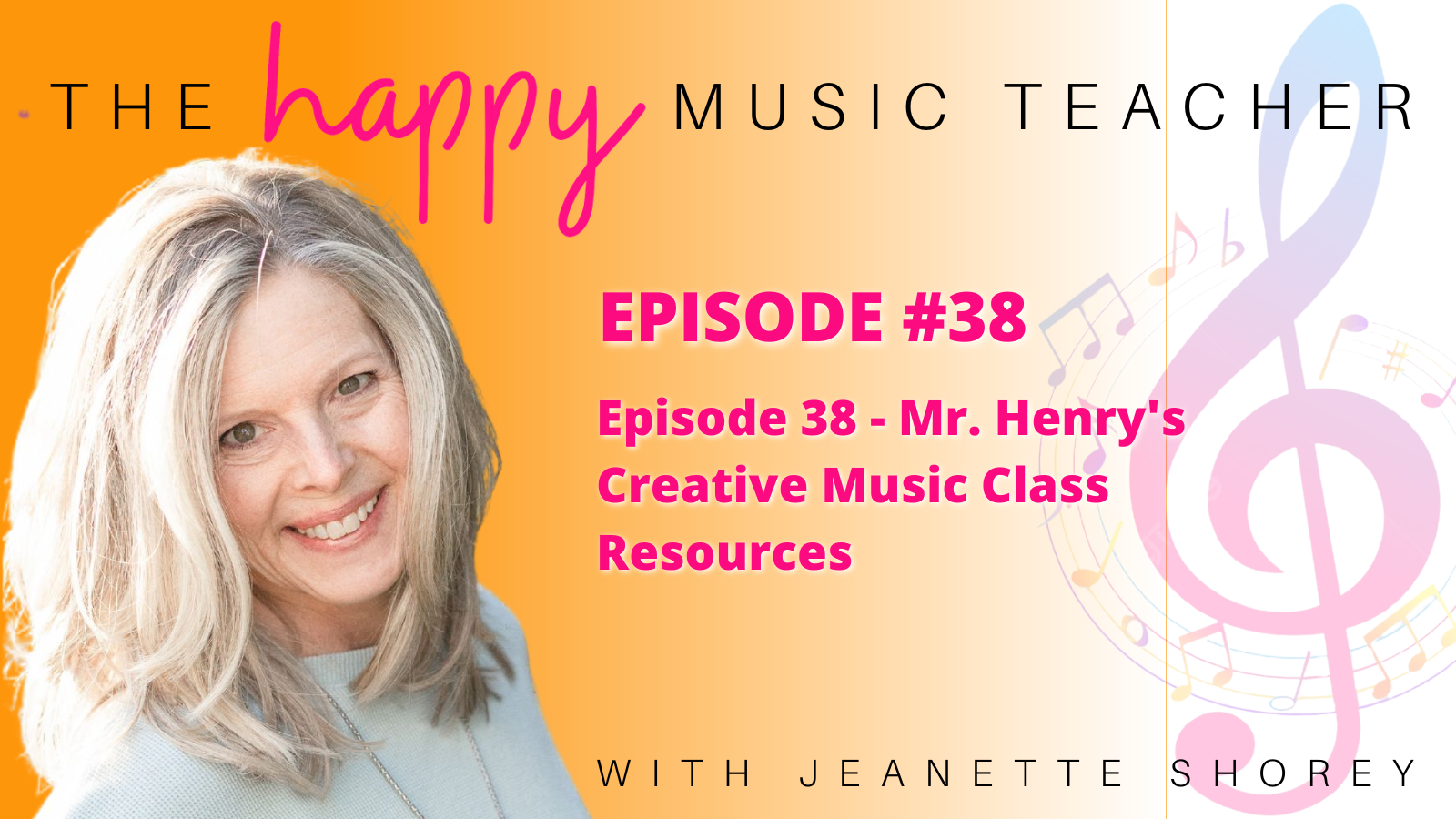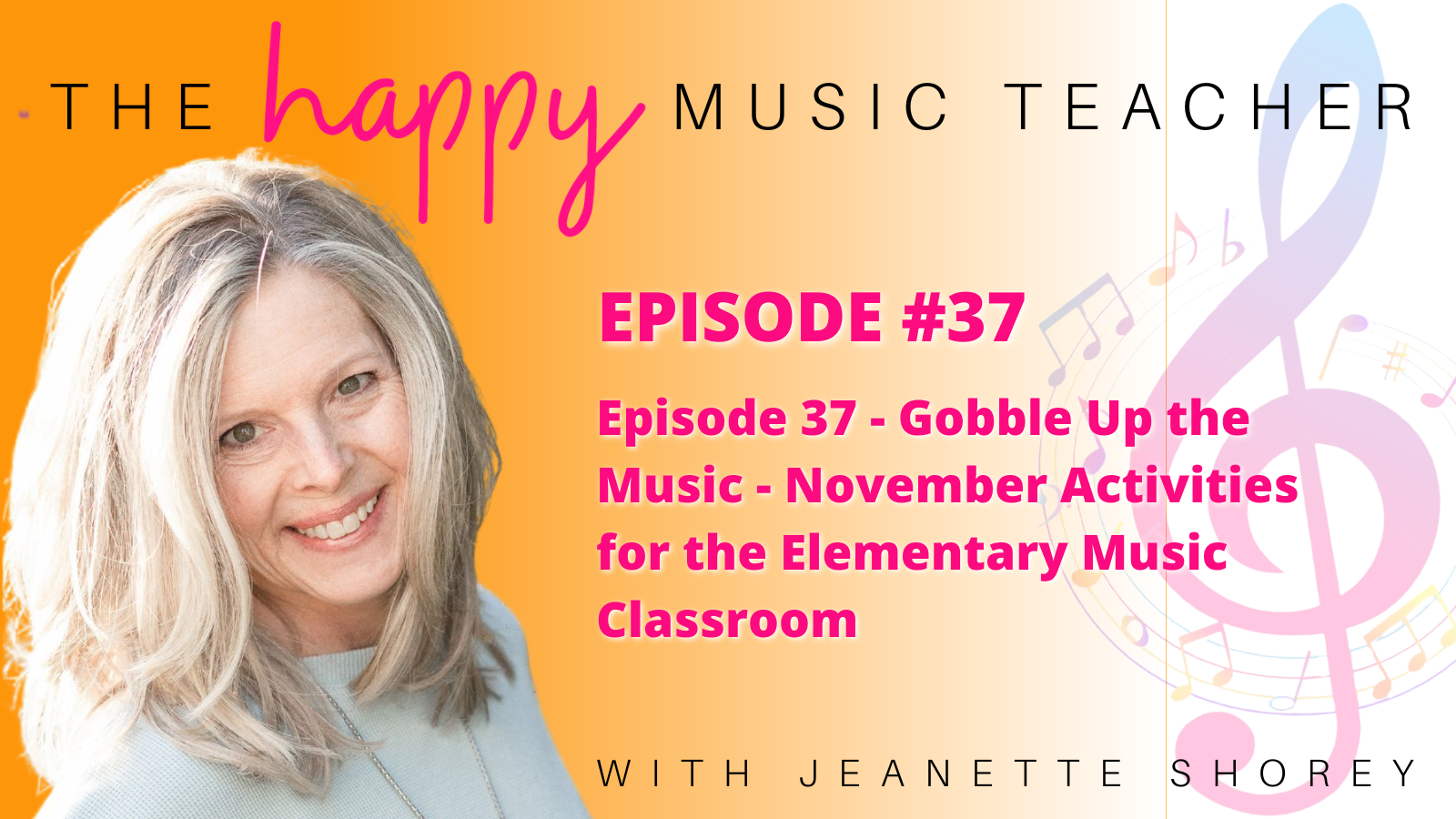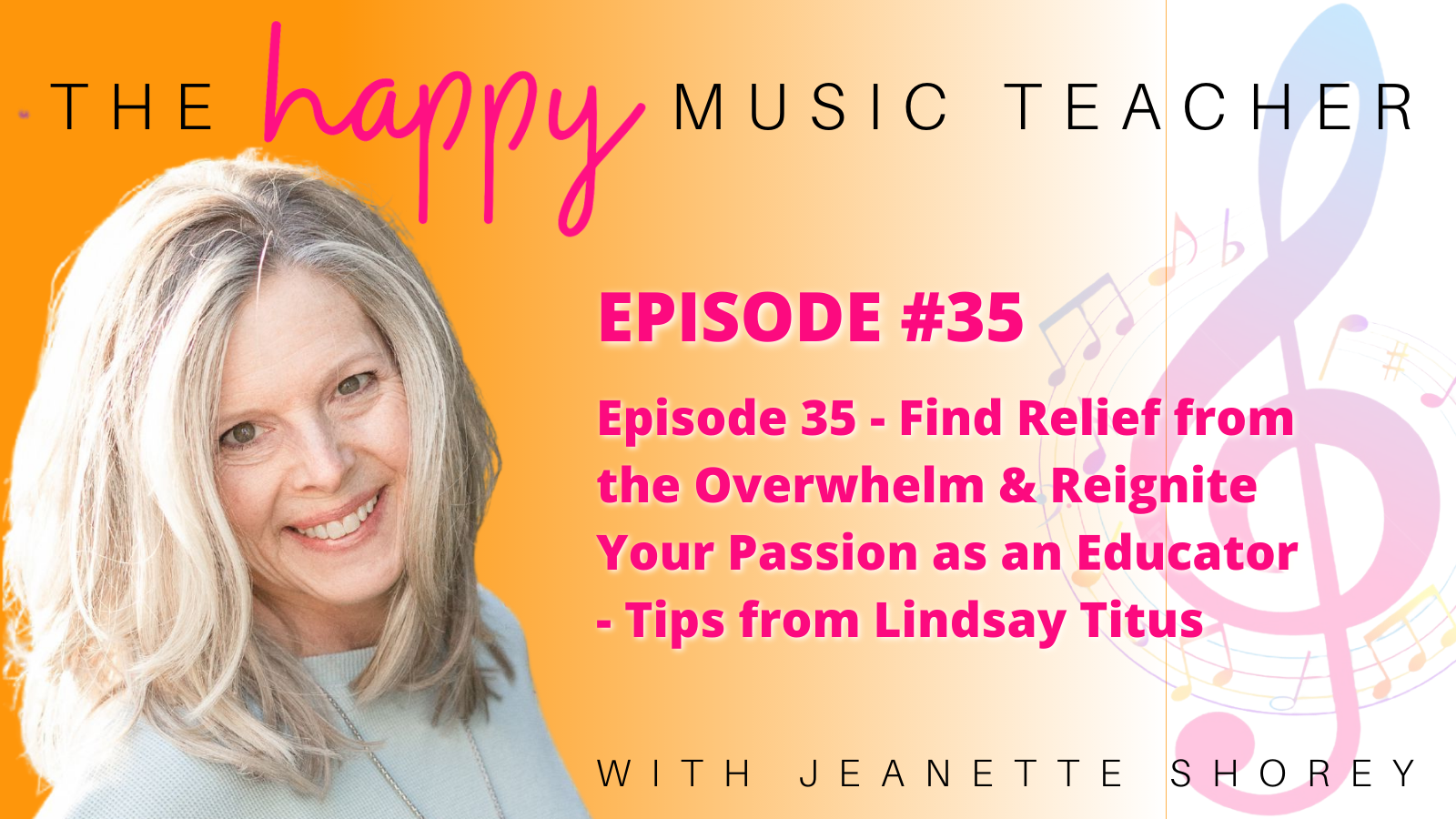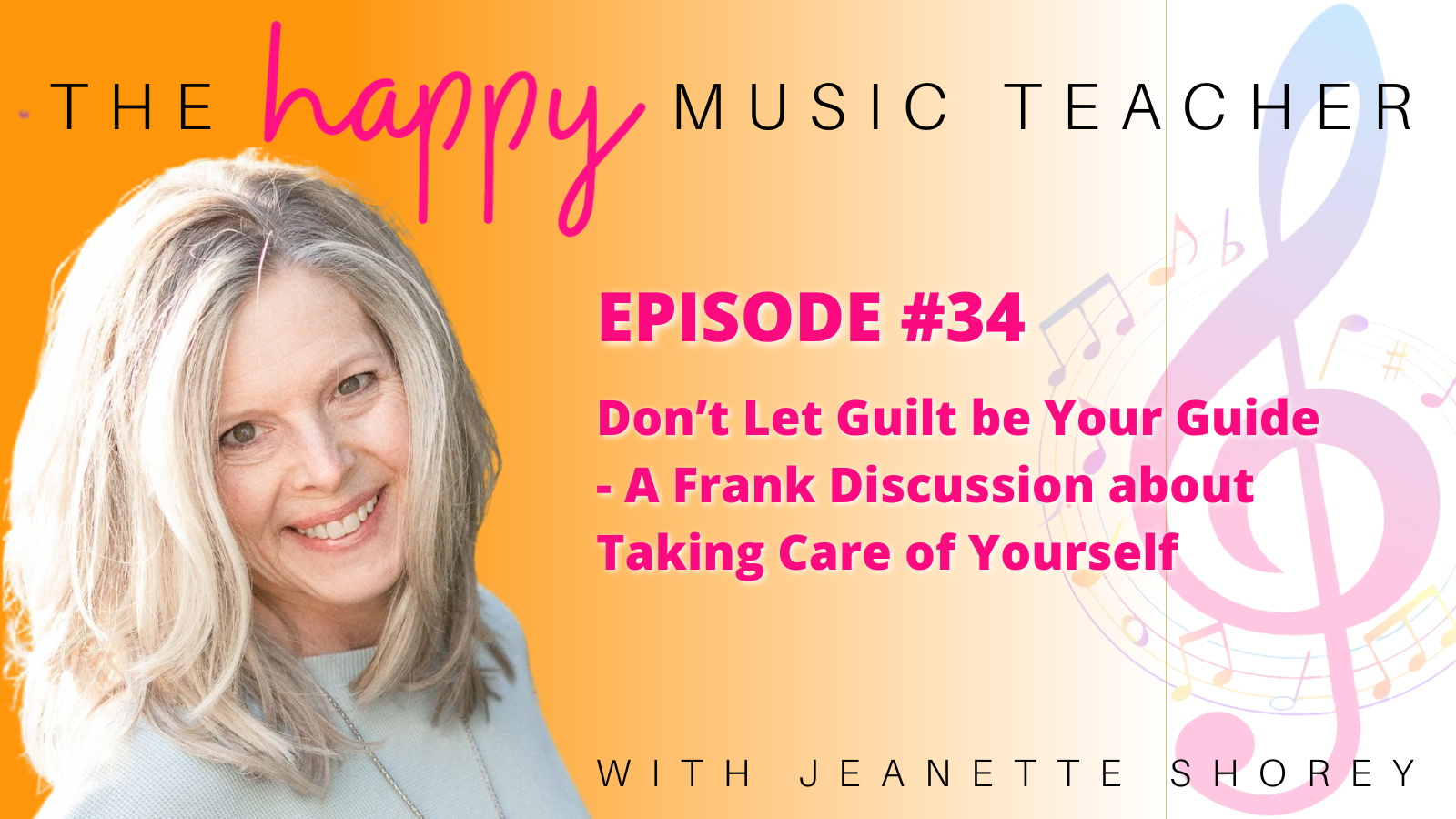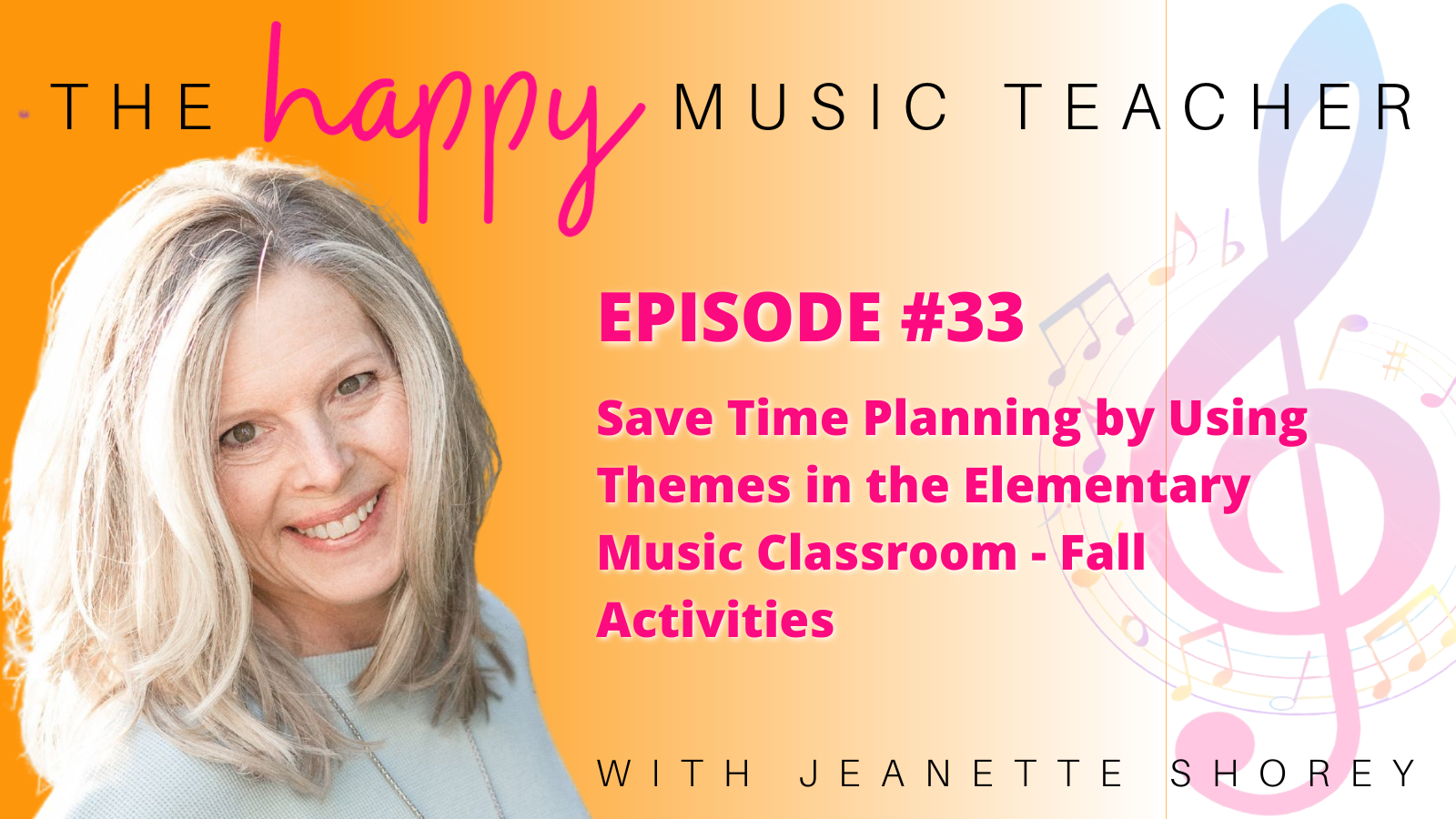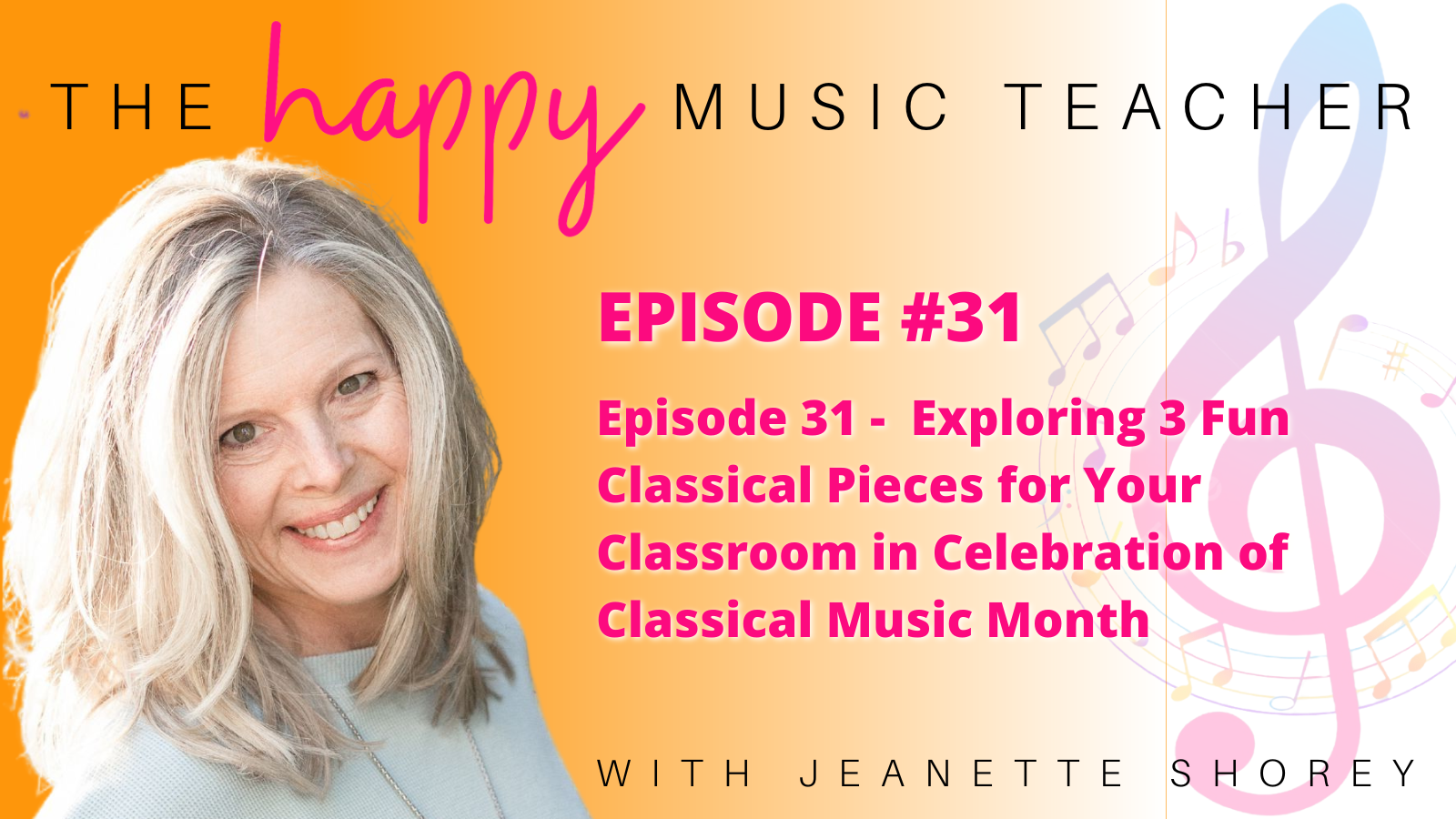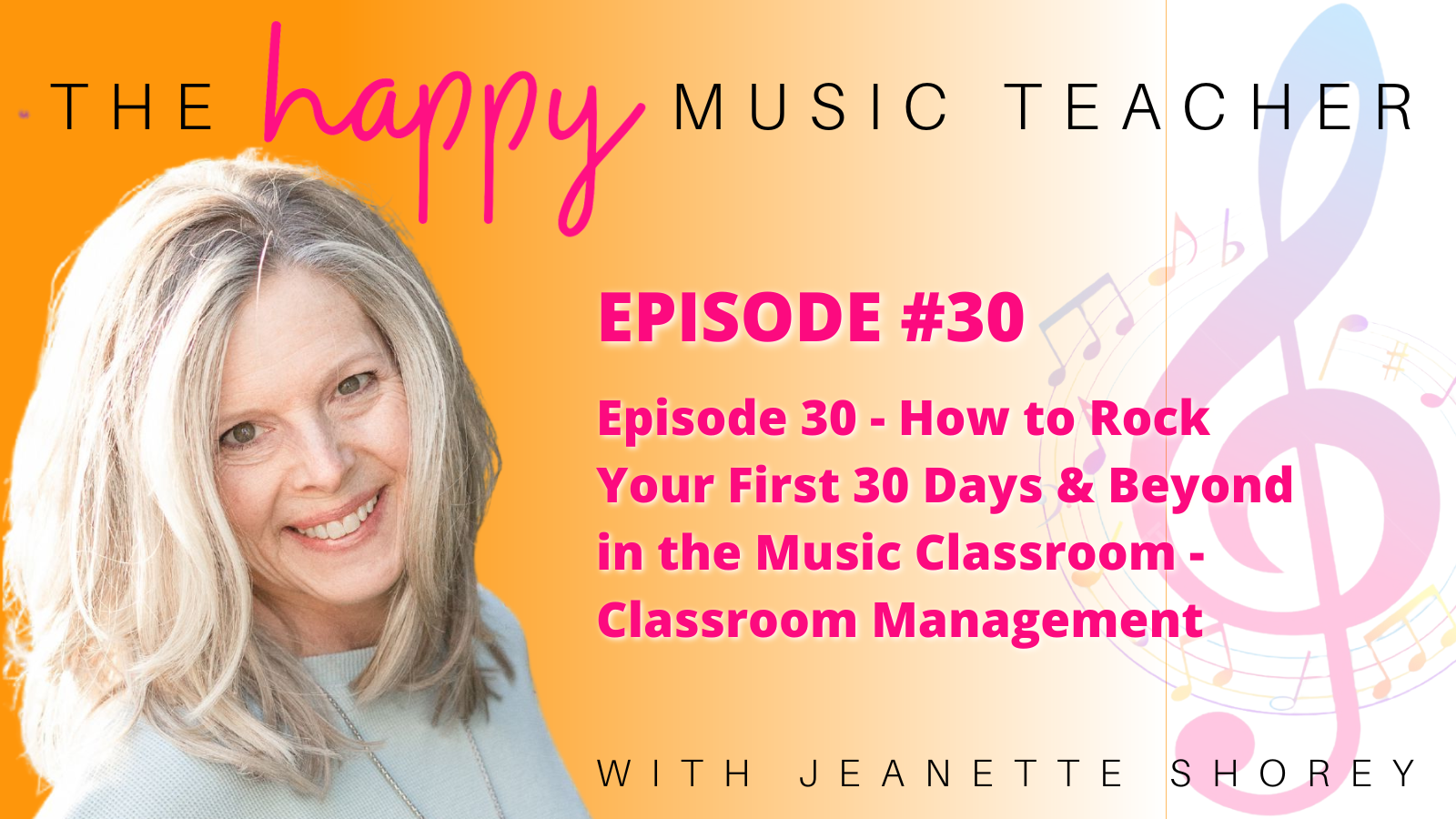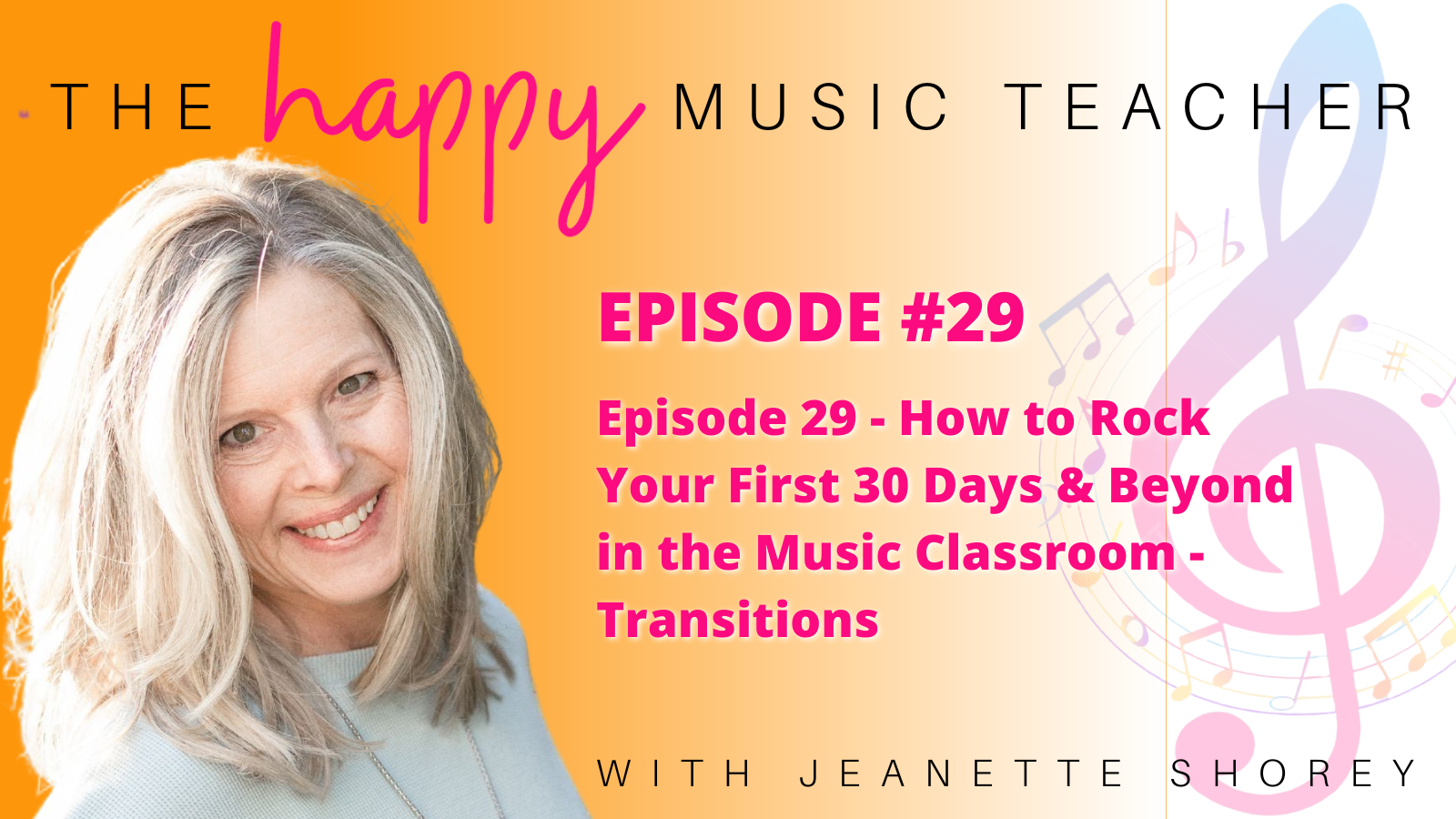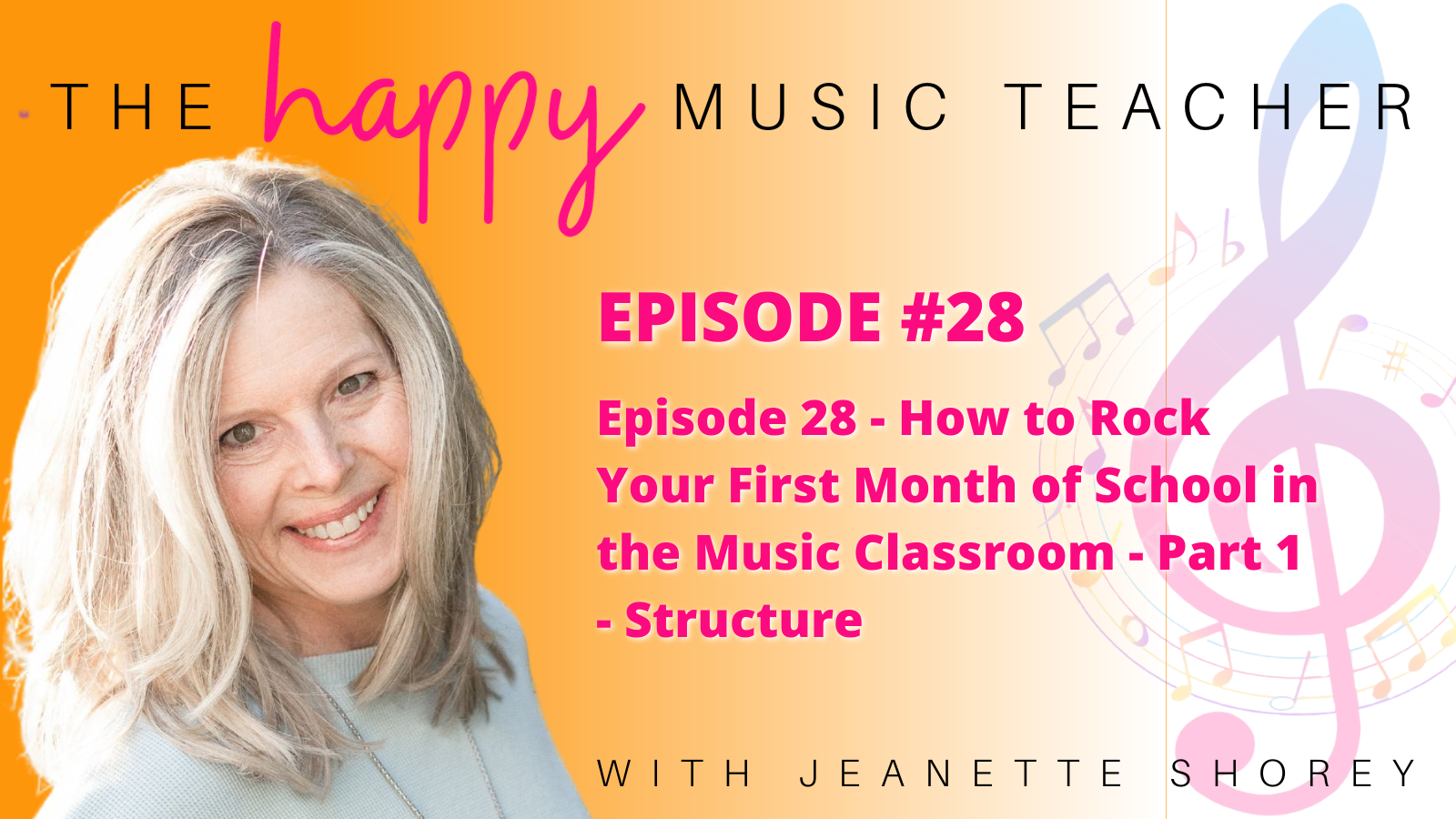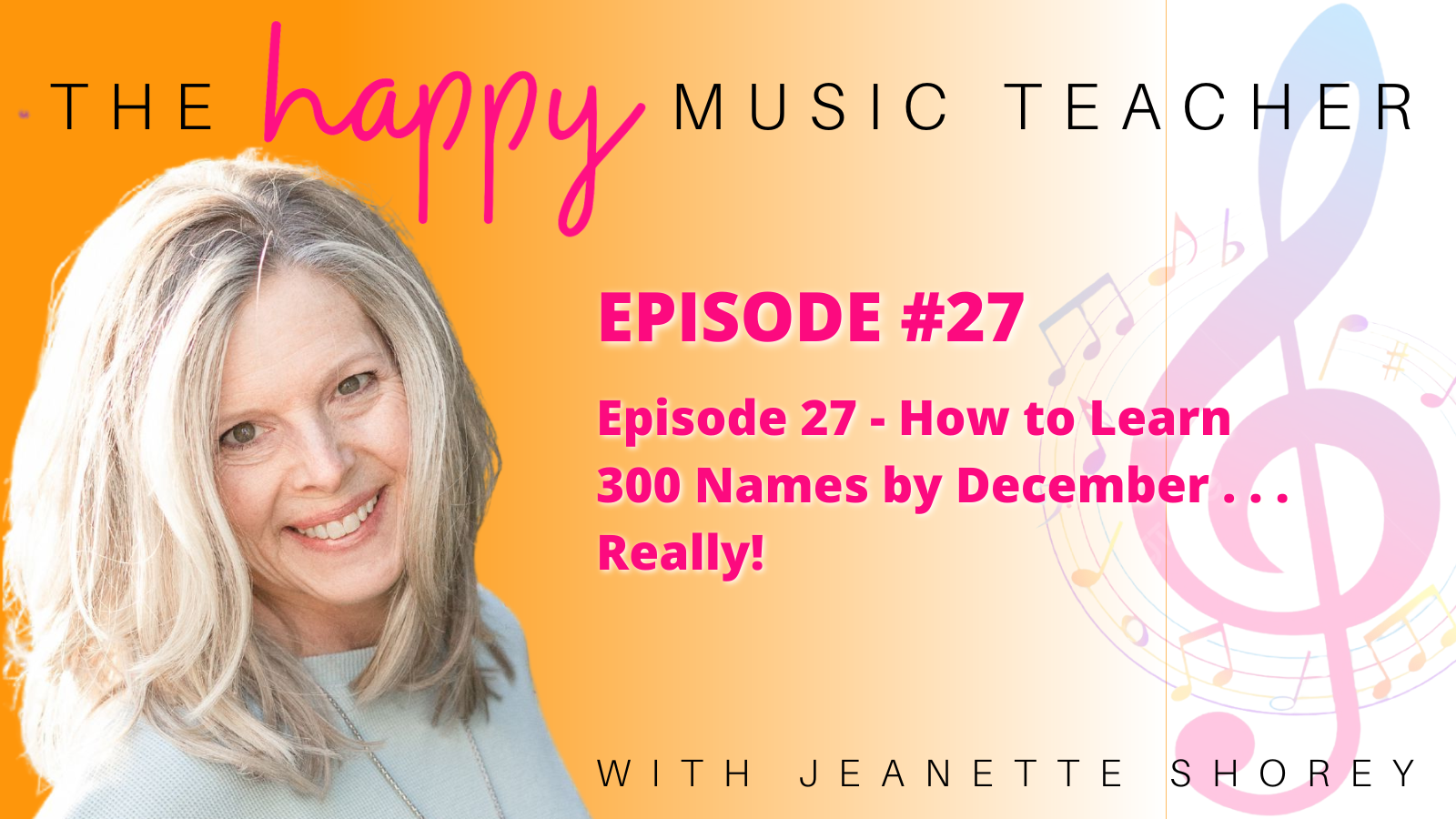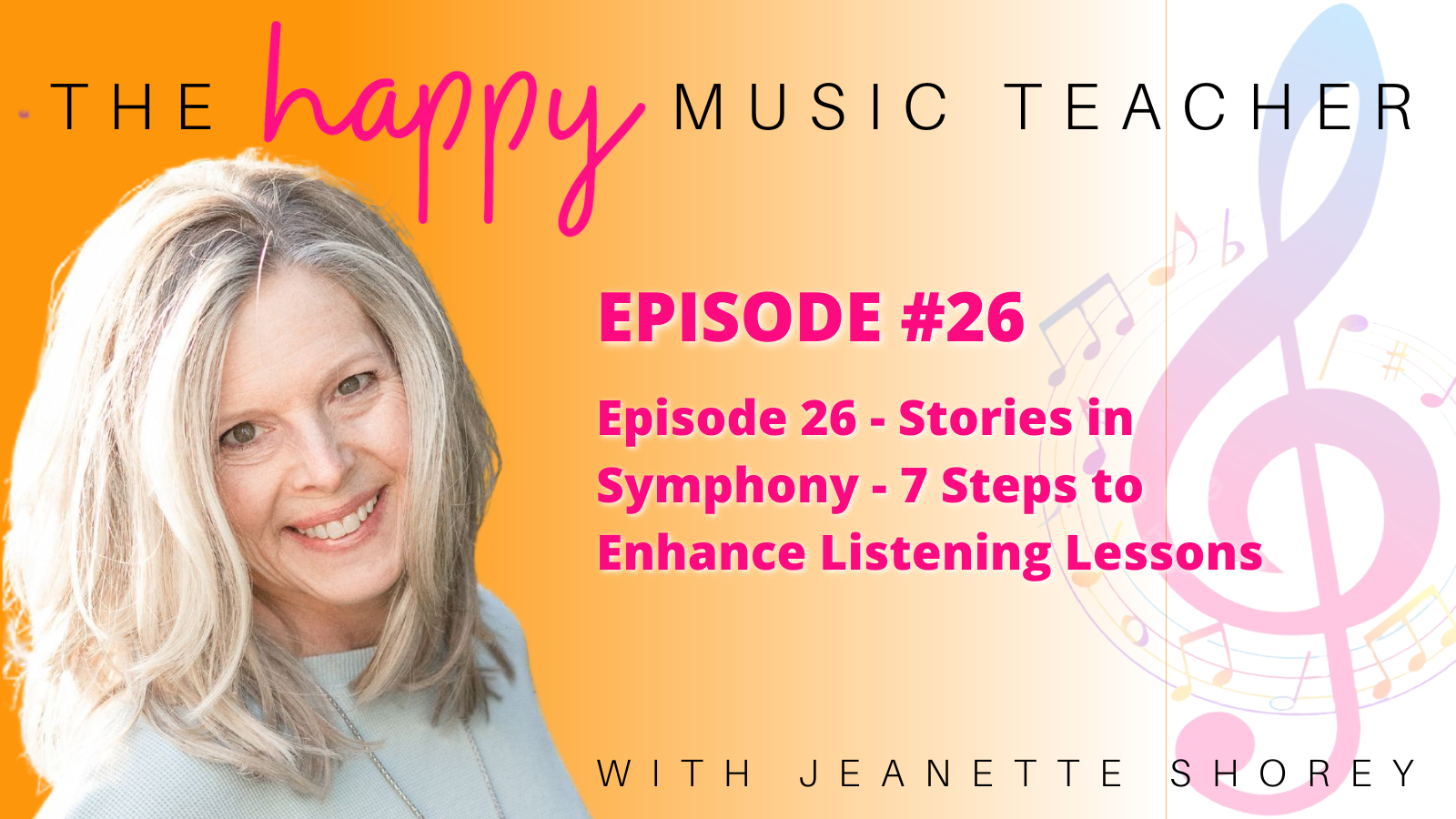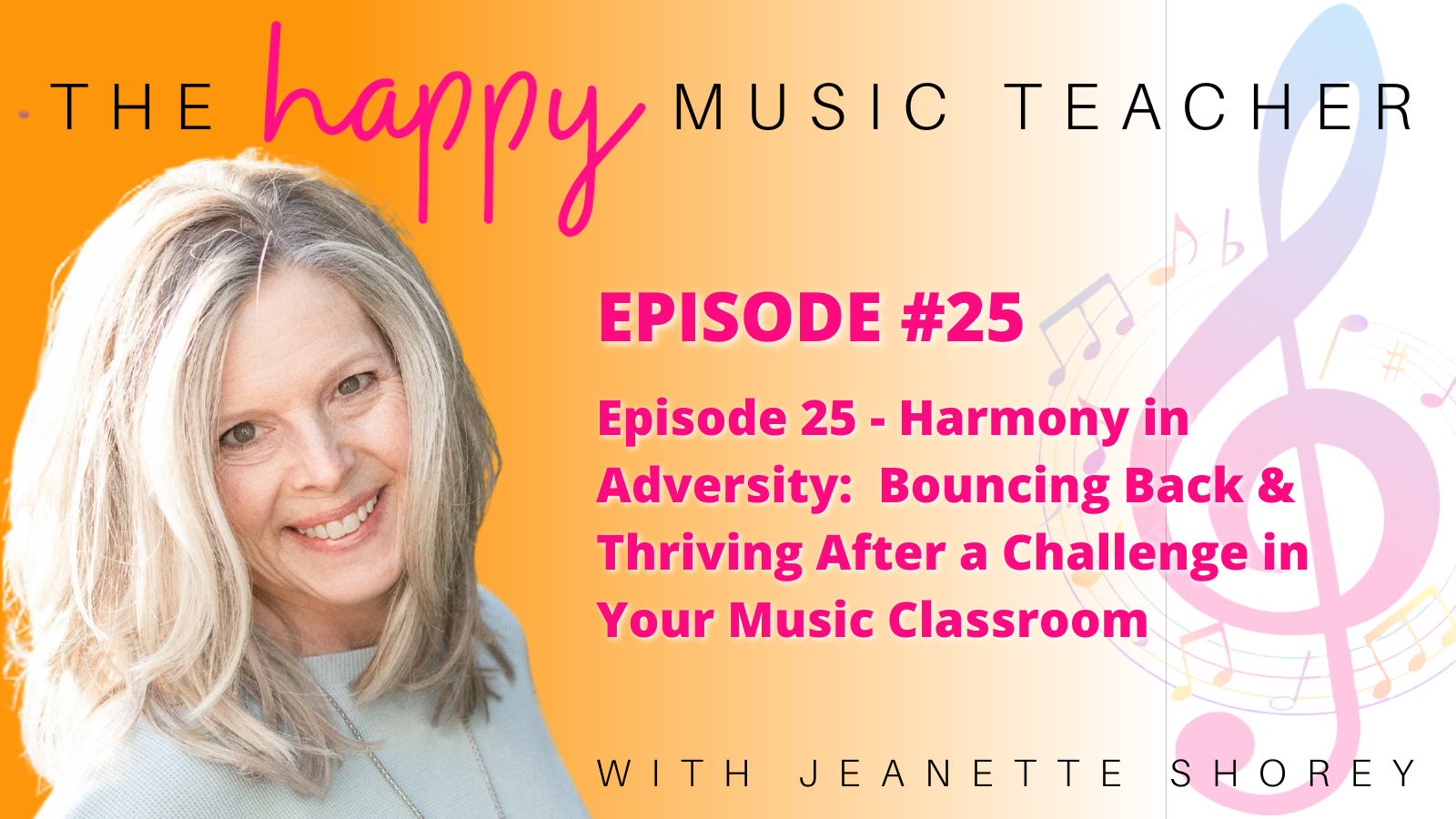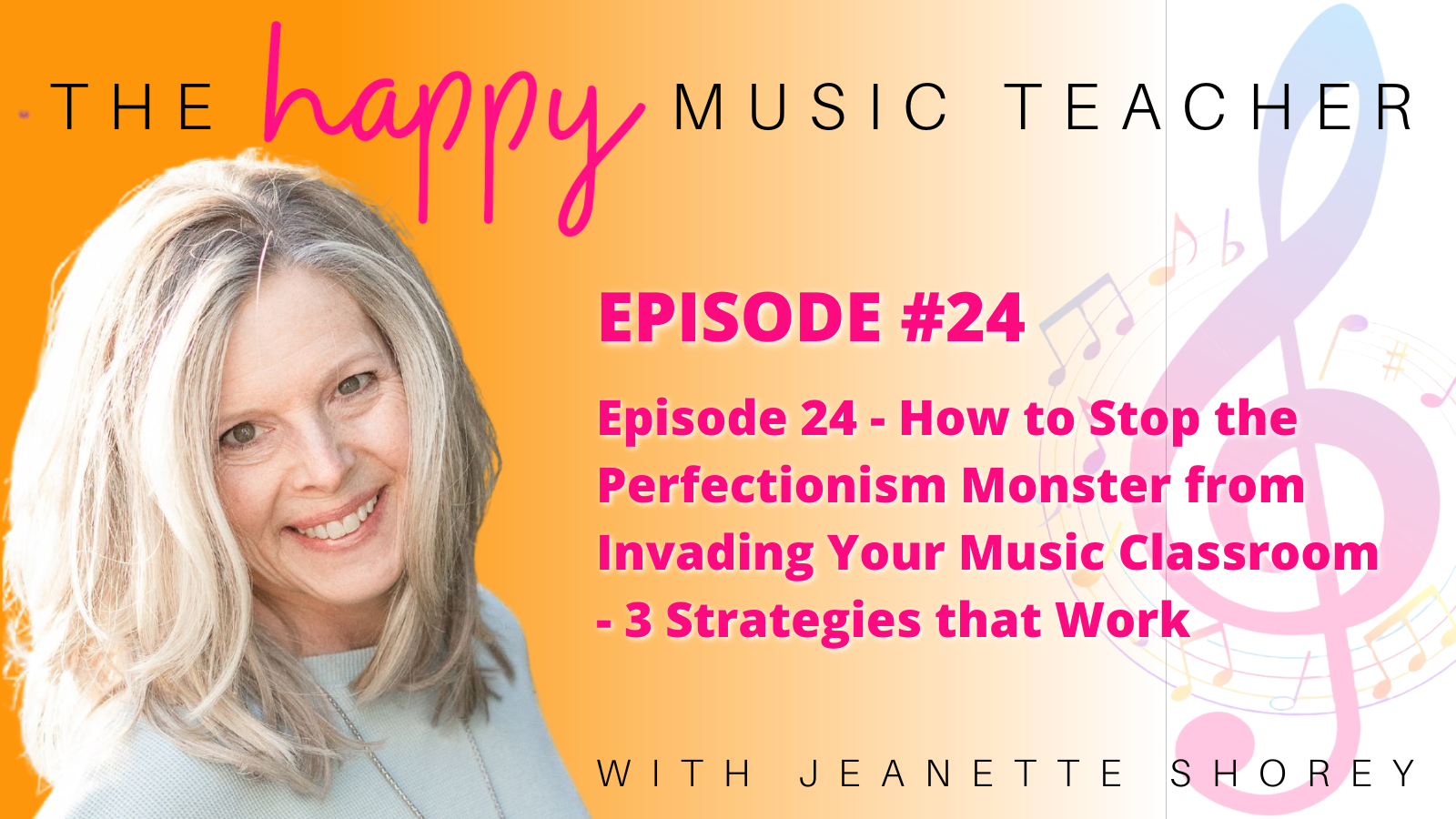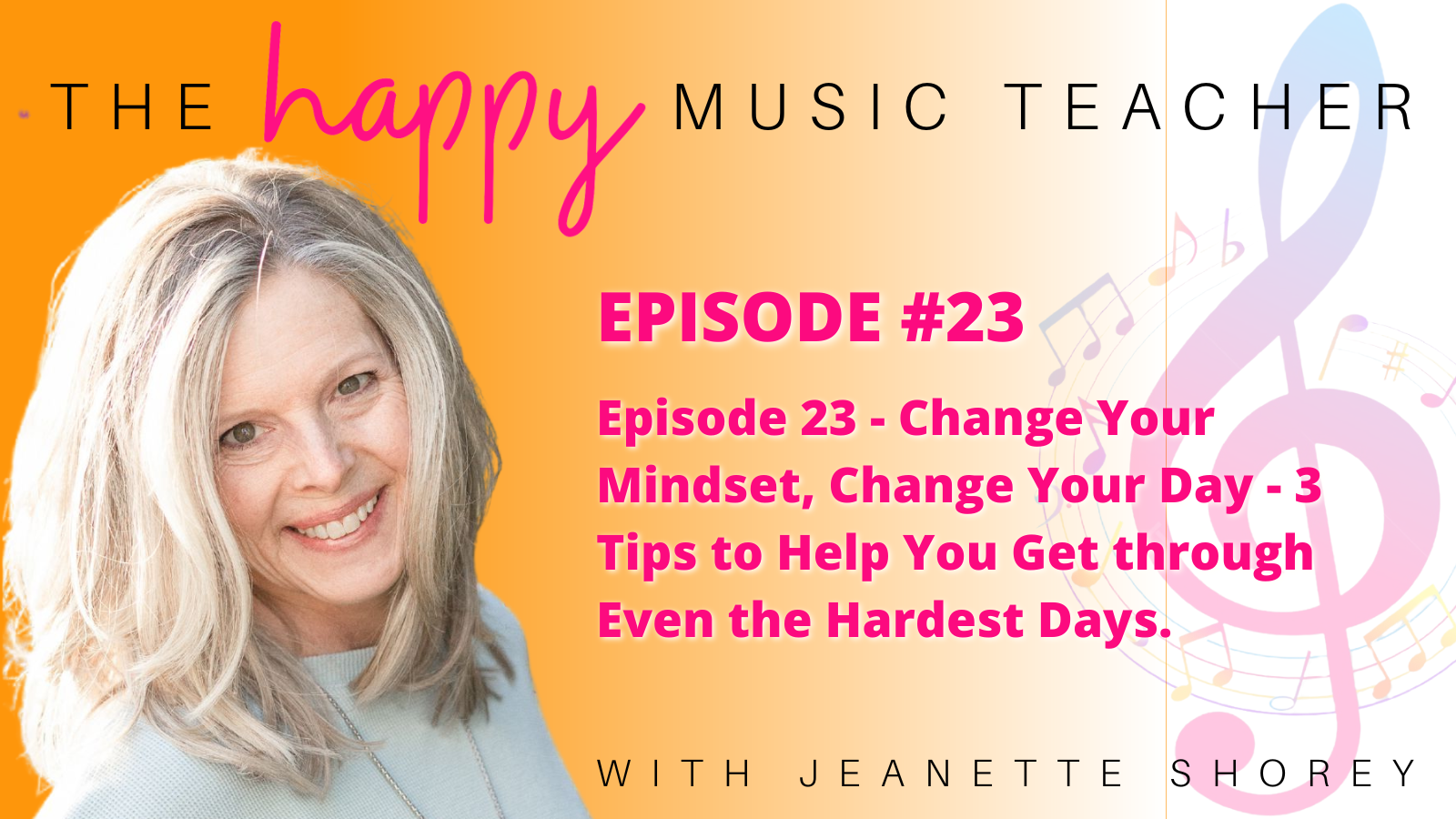Discover how picture books can transform your music classroom into an engaging and interactive learning space. Explore 9 dynamic ways to use storybooks to teach music skills.
1. Melody/Singing Technique: Learn how to extract repeating phrases from storybooks and transform them into catchy melodies. Understand how to choose appropriate rhythms and melodies that align with the story’s mood, fostering an engaging and musical atmosphere.
2. Mallet Technique: Explore the world of mallet instruments and how to incorporate them into story-based music lessons. Discover techniques such as alternating hands, hand together, or creating contrasting sounds to bring the story to life through Orff instruments.
3. Timbre Exploration: Dive into the realm of timbre and provide students with opportunities to experiment with various instruments. Encourage them to discover different sounds using the same instrument or associate specific sound words from the storybooks with different timbres.
4. Movement Integration: Explore the connection between movement and music through storybooks. Select movement words from the books and guide students in embodying those words through expressive movements, enhancing their kinesthetic understanding of music.
5. Instrument Skills Development: Integrate storybooks into instrumental lessons by using them as a framework. Design activities where students play instruments in response to specific events or characters in the story, fostering active listening and instrumental skill development.
6. Dynamics: Use storybooks to teach dynamics, the varying levels of volume in music. Explore how different events or emotions in the story can be represented through changes in volume, allowing students to understand and interpret musical dynamics.
7. High & Low: Introduce the concept of pitch by relating it to the storybooks. Use high and low voices or instruments to demonstrate the difference in pitch based on the events or characters in the story, enabling students to grasp the concept of musical pitch.
8. Up & Down: Connect the idea of melodic movement with the storybooks. Explore melodies that move upward or downward based on the story’s narrative or character actions, fostering a deeper understanding of melodic direction.
9. Rhythm: Teach rhythm through storybooks by identifying rhythmic patterns in the text. Explore how the rhythm of the words can be translated into body percussion or instrument playing, providing a fun and interactive way for students to develop their rhythmic skills.
Need extra help developing storybook lessons? Look no further than my course, Simply Music Skills. It’s discounted by over 80% through June 30th!
The Happy Music Teacher Academy is now open for new members! Learn more and join here: https://storiesthatsing.net/jointhehappymusicteacheracademy
Send me an email: jeanette@storiesthatsing.net
Visit my website: https://storiesthatsing.net/
Sign up for my newsletter and receive THREE FREE Lesson Plans: https://storiesthatsing.net/lessonplansampler
Join my Facebook group: https://www.facebook.com/groups/themusicteachergroup
Follow me on IG: @thehappymusicteacher
Follow me on TikTok: @thehappymusicteacher

